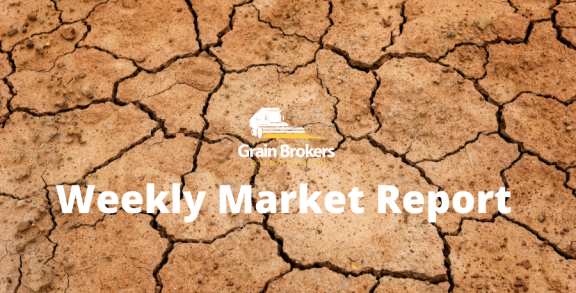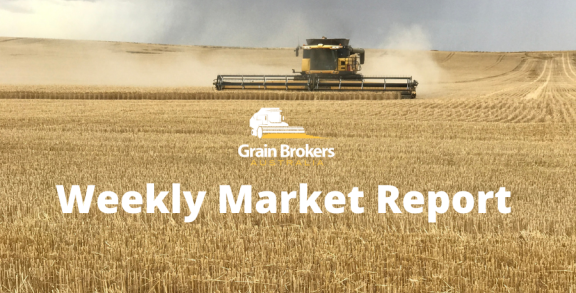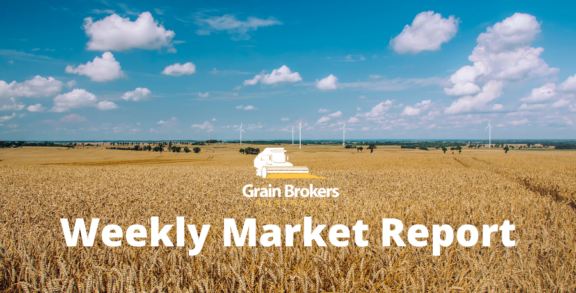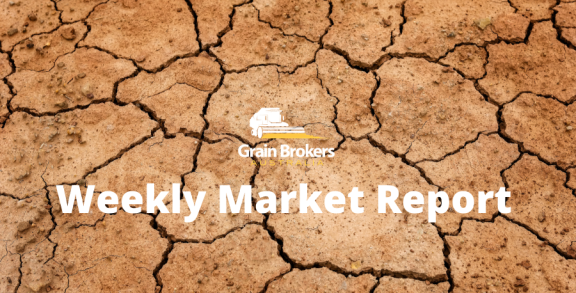
Panama is one of the wettest countries in the world, but a lack of rainfall is leading to abnormally low water levels in the Panama Canal and putting a logistics squeeze on the critical international shipping pathway. As the end of the rainy season approaches in the small Central American nation, a severe drought means it will be one of the nation’s driest on record, with year-to-date rainfall registrations the lowest since 1950.
According to the Panama Canal Authority, water levels have not recovered enough to resume normal passage, and the daily transit limits and vessel draft restrictions imposed earlier this year will need to remain in place until this time next year unless extensive rainfall is received in the canal catchment before the dry season begins in late November.
The restrictions, imposed to conserve water due to the prolonged drought, have triggered a backlog of vessels waiting to pass through the key global waterway. Waiting times are generally three to five days, but that blew out to 19 days in August before falling back to 11 days late last week.
The Panama Canal is an 82-kilometre-long artificial waterway that connects the Atlantic Ocean with the Pacific Ocean and divides North and South America. The 109-year-old waterway cuts across the Isthmus of Panama and is a critical conduit for global maritime trade.
The canal utilises an intricate water lock system to lift ships to Gatun Lake, an artificial freshwater lake created in 1913 which sits 26 metres above sea level, and then lowers those ships as they make it to the other side. Each vessel passing through the waterway uses an average of 193 million litres of fresh water that gets sucked into the locks from nearby lakes and flushed out to sea with the passing vessel. Without the freshwater stored in Gatun Lake, created by damming the Chagres River and Lake Alajuela, the canal simply can’t operate. And the lake also supplies vital drinking water to about half of Panama’s 4.2 million inhabitants.
At the end of the rainy season in November, Gatun Lake’s water level typically reaches 27 metres before dropping to just under 26 metres after the dry season ends in April. Last week, the water level was 24.2 metres, significantly lower than the September average of 26.6 metres.
Operating 24 hours per day and 365 days a year, the canal registered 14,239 transits in 2022, up 6.7 per cent from 13,342 a year earlier. The total cargo volume last year was 296.5 million metric tonne, 1.5 per cent higher than in 2021, and the tolls collected were 2 per cent higher year-on-year at US$3.028 billion. The total value of goods that transited the canal system last year was around US$270 billion, or around 5 per cent of world trade. The waterway is the fastest and least expensive way to move grain and other agricultural commodities from the United States Gulf of Mexico ports to Asia, and 40 per cent of US container traffic travels through the waterway each year.
Southbound (Atlantic to Pacific) grain volumes totalled 36.18MMT in 2022, down from 39.94MMT in 2021 but up significantly from 27.11MMT in 2020 when the pandemic disrupted operations. Breaking the 2022 volumes down into commodities, the soybean volume was the biggest at 15.3MMT, 41.6 per cent of the grain volume and around 9.1 per cent of global trade. Most of this would be soybean vessels loaded out of Brazil’s Amazon River ports marked destination China. The second biggest was corn, with 8.9MMT, 24.1 per cent of the grain volume and 4.7 per cent of global trade. Third was sorghum at 4.5MMT, 12.6 per cent of the grain volume and 50.6 per cent of worldwide trade.
The northbound (Pacific to Atlantic) grain volumes are always significantly lower. However, it was unusually low in 2022 at 2.2MMT, down from 4.4MMT in 2021. Wheat was the major grain transiting in this direction, with shipments reaching just over 1MMT or 46.5 per cent of the total.
Since July 30, the Panama Canal Authority has decreased the maximum number of vessels allowed to transit the lock system daily from 40 to 32. This is in addition to the draft (the height of the submerged part of the boat) restrictions imposed on May 30, reducing the maximum from 15.24 metres to 13.41 metres. The draft restriction effectively means that many container ships and bulk vessels will have to short load to meet the authorities limit, with vessel owners increasing their freight charges accordingly to recover the lost income.
The vessel bottleneck has reportedly eased almost 20 per cent since mid-August, from around 160 vessels to 130 on Thursday of last week. However, transit waiting times for some vessel categories doubled last month compared to July, forcing some ship owners with Asia-bound cargoes to opt for the alternate, much longer, more expensive, and far more hazardous Cape Horn route around the southernmost tip of South America. If the destination is India or further west, the Suez Canal becomes a viable, but still longer and more costly, option.
The cost of using the canal can vary from US$150,000 to over US$1 million, depending on the size and capacity of the vessel. The congestion got so bad in August that shippers paid millions of dollars to beat the queue. The Panama Canal Authority auctioned additional transit slots for the week commencing August 21, with one vessel owner reportedly paying US$2.4 million to secure immediate passage. The highest bids are reportedly being paid by liquefied petroleum gas or liquefied natural gas carriers.
The onset of the El Nino weather phenomenon raises further concerns as it usually leads to below-average rainfall in Central America. There is concern about a potential early start to Panama’s dry season, and unseasonably hot temperatures could increase evaporation and result in water levels approaching record lows by April of next year.
The situation is manageable at the moment, but the crisis is serious. Any increase in maritime bottlenecks could spell trouble for the global supply chain networks, which have run relatively smoothly since the pandemic-era upheavals. And these choke points have global ramifications because the entire maritime shipping industry is rushing to keep up with increased international trade. But when pieces of crucial infrastructure run into trouble, like the Panama Canal is experiencing now, the vulnerabilities of the entire system become apparent, increasing logistics costs and drastically changing international trade flows to meet global grain demand.
Call your local Grain Brokers Australia representative on 1300 946 544 to discuss your grain marketing needs.





